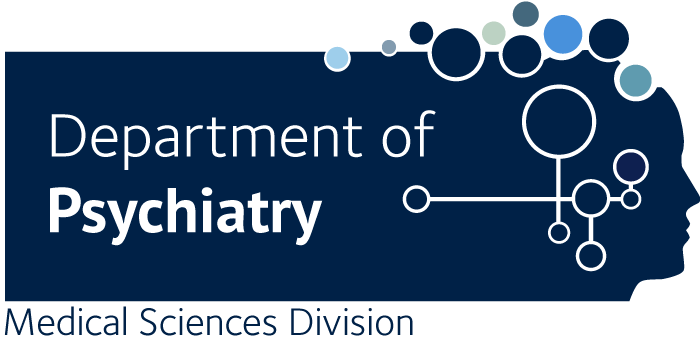Effects of ketamine treatment on suicidal ideation: a qualitative study of patients' accounts following treatment for depression in a UK ketamine clinic.
Lascelles K., Marzano L., Brand F., Trueman H., McShane R., Hawton K.
OBJECTIVE: It is recognised that ketamine treatment can reduce suicidal ideation (SI) in people with depression, at least in the short term. However, information is lacking on patients' perspectives on such effects. Studying these can contribute to greater understanding of the mechanisms underlying impact of ketamine treatment on SI. The aim of this study was to investigate patients' reports of the impact of treatment on their SI, the duration of effects and possible mechanisms. DESIGN AND SETTING: This qualitative study consisted of semi-structured interviews with patients who had received ketamine treatment for depression. Interview data were analysed thematically. PARTICIPANTS: Fourteen patients (8 females, 6 males, aged 24-64 years) who had received treatment with ketamine for treatment-resistant depression, and had SI at the initiation of treatment. Two participants also had a diagnosis of bipolar type 1 and two of emotionally unstable personality disorder. Eight had a history of self-harm. RESULTS: SI reduced following ketamine treatment in 12 out of 14 participants for periods of a few hours following a single treatment to up to three years with ongoing treatment. Reduction of SI was variable in terms of extent and duration, and re-emergence of suicidal thoughts often occurred when treatment ceased. Participants' accounts indicated that reduced SI was associated with improved mood and reduced anxiety, as were clarity of thought, focus and concentration, and ability to function. Participants reported experiencing some or all of these effects in various orders of occurrence. CONCLUSION: Generally, ketamine treatment was experienced as effective in reducing SI, although duration of effects varied considerably. Patients' perspectives indicated similarities in the mechanisms of reduction in SI, but some differences in their manifestation, particularly in relation to chronology. Experiences of this cohort suggest that reduced anxiety and improvement in ability to think and function were important mechanisms alongside, or in some cases independently of, improvement in mood. Further studies of patients' experiences are required to gain enhanced understanding of the variability of effects of ketamine on SI and functionality.

